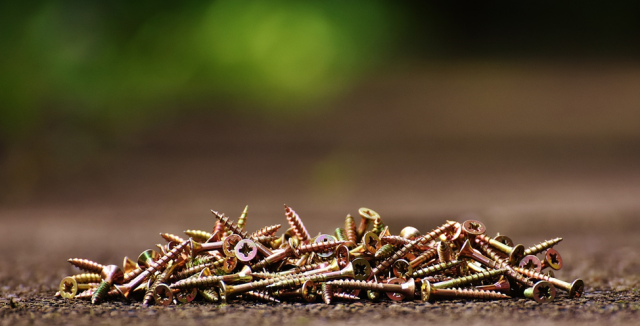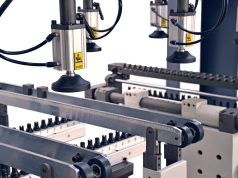Fasteners are critical to any project, whether it be professional or DIY, but they aren’t all the same. For instance, people tend to mistake self-tapping screws and self-drilling screws for being the same thing.
Both have different uses, but quality self-tapping screws have distinctly different purposes. Knowing the difference between the two is the key to being better prepared to tackle any DIY projects you may have been thinking about doing.
Self-Drilling Screws
You might hear these called Tek Screws, too. You’ll notice that self-drilling screws have a point that looks like a drill bit. That’s because they’re designed to be used for a variety of things, particularly fastening metal to wood or metal to metal without damaging either material.
The biggest difference between the two is that self-drilling screws don’t require any pilot hole. Not having to drill out a hole ahead of time cuts down on installation, the need for drill bits, and can lower the cost of just about any job. In metal building construction, self-drilling screws are definitely a must-have. The bigger the number (#1 to #5), the larger amount of steel that these screws can drill through.
Self-Tapping Screws
Self-tapping screws don’t actually drill into the material, they actually tap threads right into the material itself. Even better, self-tapping screws can be used for metal, brick, and wood, making it one of the most versatile fasteners that you will find. But they don’t drill through metal, meaning that you need to have a pilot hole drilled before you start the installation.
The pilot hole basically means drilling out a small hole ahead of time so that the threads of the screw can grip without doing damage to the material. The tapping of the self-tapping screws keeps the material it is going into together. A common mistake people make is not knowing the different types of self-tapping screws, all of which have different uses in different projects.
Similarities between Self-Tapping and Self-Drilling Screws
Now that we have covered the differences between these two fasteners, knowing that they aren’t totally different is key. Despite those distinct differences, both have similarities that make them confusable, to begin with.
First of all, both of them can tap their own threads. This is important for a variety of potential projects and applications. Both of them can work for projects in metal building construction because they both work perfectly fine with metal. On top of that, they can work with aluminum, various metals, and even plastic components, keeping the materials intact throughout the process.
When to Use One or the Other
We know that you can’t just use one or the other in universal applications. When do you use one versus the other? There are situations where one is more ideal than the other. For self-tapping screws, there are two areas of note. First, you would want to use self-tapping when you work with plastics like polycarbonate and fiberglass, aluminum, and various metals. The second fact of note is that these screws are used any time that there are already established pilot holes.
For self-drilling screws, meanwhile, they can be used for all the same materials. The main difference is that you can use these without having to drill a pilot hole in light gauge metal sheeting. Not having to drill a pilot hole can be a major time-saver, especially on larger projects. That’s why self-tapping and self-drilling screws are major components for any professional construction job. Saving time and money is critical in those settings and these screws can be a difference-maker.













